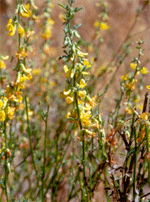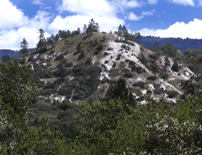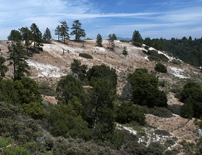Sandhills plants have a variety of adaptations that allow them to grow in the droughty, low nutrient Zayante Soils, including:
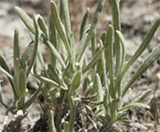
Sandhills plants have a variety of adaptations that allow them to grow in the droughty, low nutrient Zayante Soils, including:
Several characteristics of Sandhills plant leaves and roots can facilitate plant growth in the Sandhills.

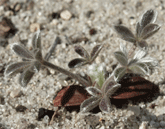
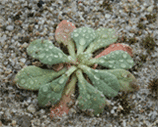
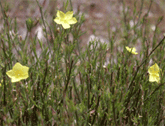
Light colored hairs on leaves and stems reflect excess sunlight and reduce water loss, as observed on Zayante everlasting (Gnaphalium sp. nov.) and a silver bush lupine seedling (Lupinus albifrons var. albifrons)
Some plant species adapt to life in the Sandhills through mutually beneficial relationships with other organisms.
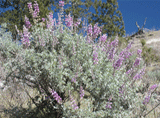
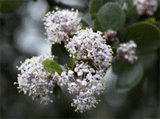
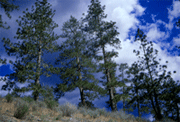
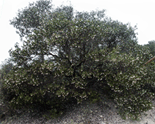
Another way to adapt to life in the Sandhills is to avoid the hot, droughty conditions of the summer months, and instead grow only in the winter and spring when temperatures are mild and soil moisture is more available.






